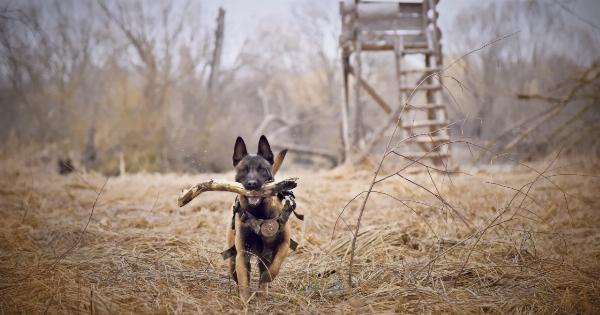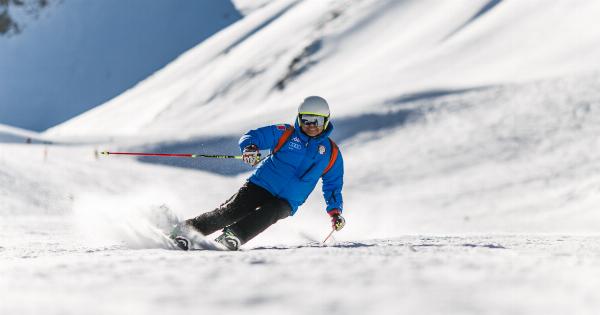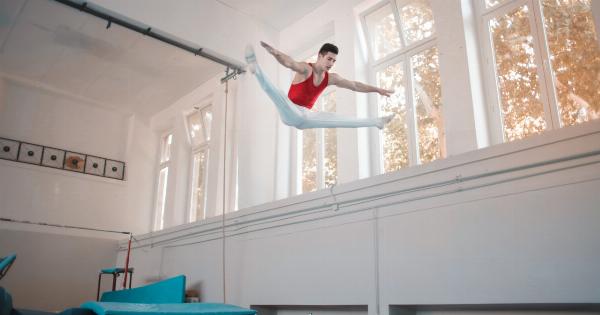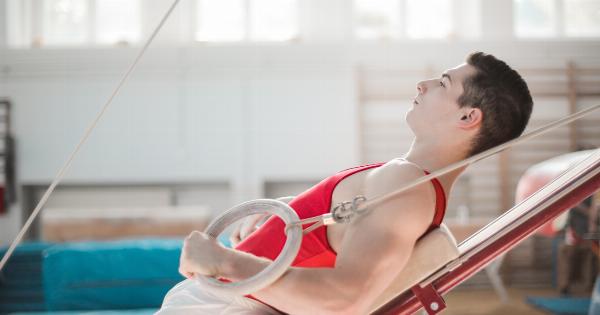Winter can bring frigid temperatures and inclement weather, making it challenging for gymnasts to practice and train. However, with the right preparation and gear, you can stay warm and maintain your training routine even during the coldest months.
In this article, we will explore some tips and tricks to help you stay warm while training gymnastics during the winter.
1. Layer Up
When training in cold weather, layering is essential. Start with a moisture-wicking base layer that helps to keep sweat away from your body. This will prevent you from feeling cold and damp during your practice.
Choose a long-sleeved top and leggings or thermal tights as your base layer.
Next, add a lightweight, insulating middle layer such as a fleece or thin down jacket. These materials provide warmth without adding excessive bulk, allowing you to move freely. Avoid wearing cotton as it can absorb moisture and make you feel colder.
For your outer layer, opt for a wind-resistant and waterproof jacket. This will protect you from harsh winds and snow, keeping you warm and dry. Look for jackets with adjustable hoods and cuffs to keep drafts out.
2. Wear Warm Accessories
To keep your extremities warm, don’t forget to wear appropriate accessories. A beanie or headband will help trap heat and prevent it from escaping through your head.
Consider wearing gloves or mittens that allow for flexibility and grip, such as those designed for winter sports.
Investing in thermal socks and insulated athletic shoes will keep your feet warm and comfortable. Avoid wearing cotton socks as they retain moisture and can lead to cold feet.
Thermal socks made of materials like merino wool or synthetic fibers are excellent choices.
3. Warm Up Properly
A thorough warm-up is crucial, especially in cold weather. Start with dynamic stretching exercises to increase blood flow and loosen up your muscles.
Additionally, incorporate a light cardiovascular exercise, such as jumping jacks or jogging in place, to raise your body temperature.
Consider using self-massage tools, like foam rollers or massage balls, to warm up your muscles. Massage and foam rolling increase blood circulation to the muscles, making them less susceptible to injury in cold weather.
4. Stay Hydrated
Hydration is essential regardless of the season. Cold weather can often lead to reduced thirst sensation, but it is crucial to drink an adequate amount of water before, during, and after your training.
Dehydration can impair performance and hinder your body’s ability to stay warm.
Consider drinking warm fluids like herbal teas or warm water with lemon to help maintain your core body temperature. Avoid consuming excessive amounts of caffeine or sugary drinks, as they can dehydrate you.
5. Create a Warm Training Environment
While you may not have control over the temperature in your training facility, there are steps you can take to create a warmer environment. Dress appropriately and bring extra layers that you can put on during breaks.
Consider using portable heaters or infrared lamps strategically placed around the practice area to provide additional warmth.
Take breaks as needed to warm up in between training sessions or routines. Use this time to add layers or perform exercises that get your heart rate up, helping you maintain warmth.
6. Focus on Intense Training
During winter training, it may be beneficial to focus on more intense and shorter training sessions. By increasing the intensity, you generate more body heat and can stay warmer.
Shorter sessions minimize exposure to cold temperatures, reducing the risk of prolonged exposure.
Break down your training routines into shorter, intense segments with brief rest periods in between. This approach allows for focused skill development without risking prolonged exposure to the cold.
7. Adjust Your Training Schedule
If outdoor training is part of your routine, consider adjusting your schedule to avoid practicing during the coldest hours of the day. Plan your workouts during the mid-morning hours when temperatures are relatively warmer.
Coordinate with your coach or training facility to ensure proper indoor training options are available during severe weather conditions. This way, you can maintain your training regimen without compromising your safety or performance.
8. Take Care of Your Skin
Cold weather can be harsh on your skin, causing dryness and irritation. Before training, apply a moisturizer that creates a protective barrier to prevent moisture loss.
Remember to cover exposed skin, such as your face and hands, with a suitable lotion or balm.
Don’t forget about sunscreen, even in winter. Snow reflects UV rays, which can lead to sunburn and skin damage. Choose a broad-spectrum sunscreen with at least SPF 30 and apply it to any exposed skin.
9. Stay Motivated
Training during the winter months can be challenging due to the cold and dark conditions. Therefore, it’s important to stay motivated. Set short-term goals and reward yourself for achieving them.
Keep in mind the long-term benefits of maintaining your training routine, such as improved strength and skill development.
Consider finding a training partner or joining a gymnastics class. Having someone to train with can provide motivation, support, and make your winter training more enjoyable.
10. Stay Positive
Lastly, it’s crucial to maintain a positive mindset during winter training. Remember that the winter season is temporary, and warmer days will return. Focus on the progress you are making rather than the challenges you face.
Embrace the unique experiences and opportunities that winter training brings. This mindset will not only help keep you warm but also enhance your overall gymnastics journey.



























